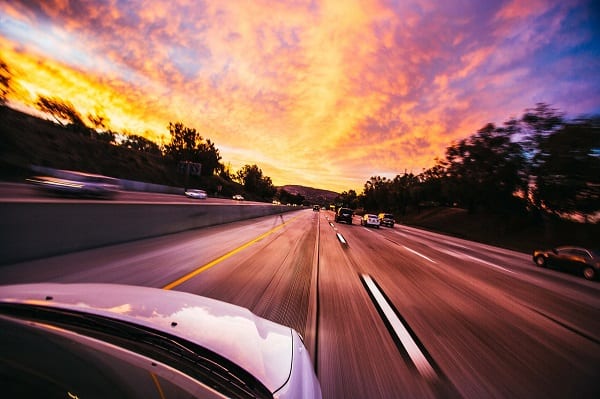NOTTINGHAM, MD—Motorists in Maryland can expect to see fuel flowing at local pumps in the coming days, AAA said on Thursday.
On Wednesday evening, the Colonial Pipeline announced the restart of pipeline operations. While it will take several days for operations to get back to normal, this news will help to ease the supply strain seen on the East Coast.
“The restart of the pipeline is very positive news for motorists,” said Jeanette McGee, AAA spokesperson. “While impact won’t be seen immediately and motorists in affected areas can expect to see a few more days of limited fuel supply, relief is coming. Station pumps will be full of fuel in several days. This is an especially good update ahead of the Memorial Day holiday.”
From the time the pipeline was taken offline on Friday until Thursday morning, the national gas price average increased 7 cents. That pushed the average to $3.02 this week – the highest average since October 2014. The national average is likely to continue to see fluctuation in the coming days and states where prices have spiked will see some relief as the pipeline becomes fully operational.
For motorists traveling through the south and southeast this weekend, AAA offers these tips –
If you are planning to travel this weekend throughout the south/southeast coast:
- If you own more than one car, use the most fuel-efficient model.
- Plan ahead – bring groceries and other necessities with you to reduce making trips while you’re at your destination.
- Fill up before getting to your destination. Use the AAA Mobile app to locate gas stations and call ahead to see if they have fuel.
- Avoid driving during high-traffic times of day.
- Pack lightly. Remove unnecessary and bulky items from your car and don’t use your roof rack or a special cargo carrier. It takes more fuel to accelerate a heavier car, and the reduction in fuel economy is greater for small cars than larger models.
- Don’t travel with a container carrying extra fuel in your car.
If you’re already on the road and will be traveling throughout the south/southeast coast:
- Use the AAA Mobile app to locate gas stations and call ahead to see if they have fuel.
- Have a Plan B in case you need to stay longer or can only make it part of the way home (find a stopping point). Use the AAA Mobile app to find hotels along your route and call ahead to check availability.
- Minimize your use of air conditioning. Even at highway speeds, open windows have less effect on fuel economy than the engine power required to operate the air conditioning compressor.
- In hot weather, park in the shade or use a windshield sunscreen to lessen heat buildup inside the car. This reduces the need for air conditioning (and thus fuel) to cool down the car.
Motorists can find current gas prices along their route with the free AAA Mobile app for iPhone, iPad and Android and also via the free GasBuddy mobile app.
READ MORE: Track the latest Baltimore-area gas prices online here.
READ MORE: See the latest fuel-related emergency actions from Governor Larry Hogan here.
Meanwhile, the State Fire Marshall’s office is offering safety tips for Maryland residents.
“Gasoline should only be placed into a vehicle directly or into an approved container,” State Fire Marshal Brian S. Geraci stated. “You’re not only endangering yourself but the other drivers around you when you place large quantities of gasoline in containers incorrectly or in unapproved containers. Firefighters and other first responders are also being put into harm’s way if you are involved in a motor vehicle accident.”
The Office of the State Fire Marshal reminds residents and commuters about safe ways to dispense flammable fuels such as (gas, diesel, or heating oil) into a portable container for proper storage:
- Flammable fuels should not be dispensed into portable containers over 6 gallons, and the containers should be listed and approved for the flammable liquid intended for the portable container.
- Portable containers should have a tight closure with a screwed or spring-loaded cover to prevent spills and vapors from escaping.
- When transporting gasoline in a portable container, ensure it is secured against tipping and sliding, never leaving it in direct sunlight or the trunk of a car.
- Flammable fuel should never be dispensed into portable cargo tanks or any other container not listed for flammable liquids.
- Never fill a container while located in the trunk, passenger area of a car, or the bed of a pickup truck.
- All containers should be placed on the ground and clear of possible ignition sources such as the exhaust from a vehicle.
- Fill portable containers slowly to decrease the chance of static electricity buildup and minimize spilling or splattering. Keep the nozzle in contact with the rim of the container opening while refueling. Fill container no more than 95 percent full to allow for expansion.
- If gasoline spills on the container, make sure that it has evaporated before placing the container in your vehicle. Report spills to the station attendant.
- Never smoke around flammable fuels.
Do you value local journalism? Support NottinghamMD.com today.

